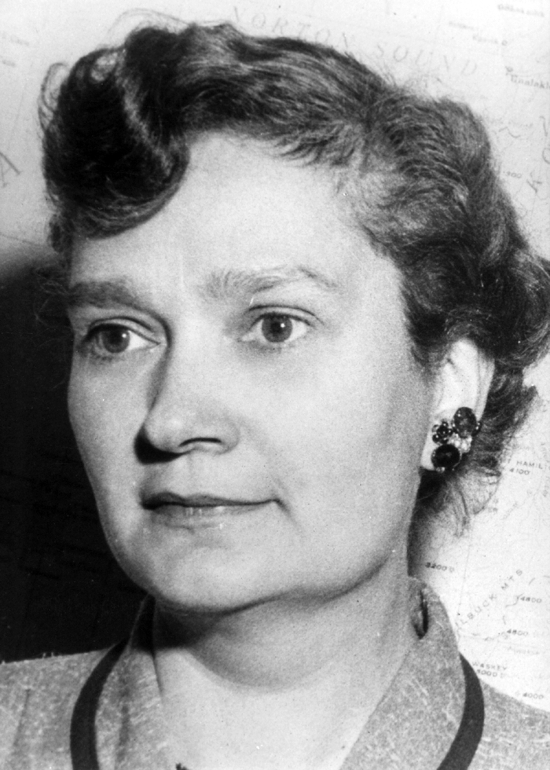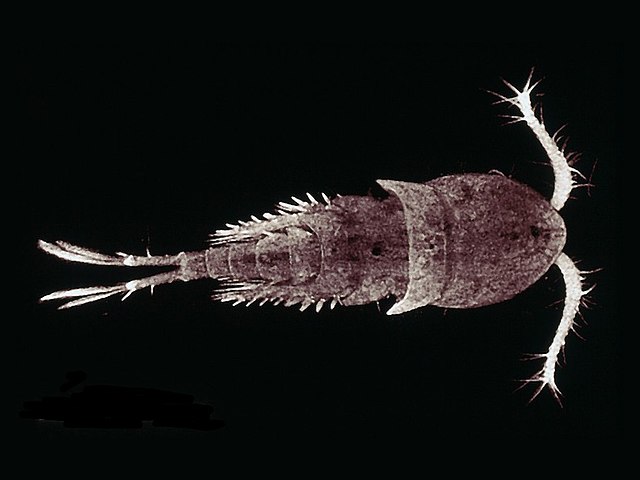Mildred Stratton Wilson was an innovator in the field of marine biology, one of the first women awarded a Guggenheim Fellowship in her field. Researching across the country from Washington D.C. to Anchorage, Alaska, she set out to record everthing she could about the Diaptomus genus of copepods—tiny creatures who play an important role in the ocean’s ecosystem.
Mildred Stratton was born in Seaside, Oregon, in 1909. She initially worked as a grade school teacher in Marysville, Washington, but quickly became overwhelmed with the financial responsibility of supporting her family after the death of her father in 1928. Her family’s friend and physician prescribed a change of pace in Stratton’s life: Dr. Rose paid $91 for her to study at the Puget Sound Biological Station (PSBS) in the summer of 1929.
This experience would prove pivotal for Stratton’s career. PSBS, now known as Friday Harbor Laboratories, ignited in Stratton a lifelong passion for marine biology. Autographs in Stratton’s textbook from that summer include marine biologist Charles S. Wilson, who Stratton would go on to marry in 1934.

Mildred Stratton Wilson received a BA with honors from the University of California, Berkeley in 1938. Later that year she began her career at the Smithsonian, working as a volunteer carcinologist at the National Museum of Natural History. Her focus was on identifying freshwater copepods; small, tear-drop shaped crustaceans.

Stratton Wilson quickly proved herself to be invaluable to the Smithsonian’s department of marine invertebrate zoology, and in 1944, she earned the title of assistant curator. When her husband relocated to Alaska in 1947, Stratton Wilson traveled with him and continued collecting, describing, and identifying species of copepods as a collaborator in invertebrate marine zoology.
Stratton Wilson’s initial goal was to publish a monograph identifying every species of the genus Diaptomus of copepods, but this task quickly proved impossible. Still, Stratton Wilson managed to publish prolifically—producing more than 20 monographs and keeping her research in the public eye across three decades.
In 1955, Stratton Wilson was one of the first women to be awarded a Guggenheim Fellowship in organismic biology & ecology. She continued to research copepods as a research associate with the Smithsonian up until her death in 1973.
Related Resources
- "Smithsonian Women in Science," by Elizabeth Harmon, The Bigger Picture, Smithsonian Institution Archives
- “Women Carcinologists at the US National Museum” by Rose Gulledge, Smithsonian Museum of Natural History
- “Mildred Stratton Wilson, Copepodologist (1909-1973)” by David M. Damkaer, Journal of Crustacean Biology
Produced by the Smithsonian Institution Archives. For copyright questions, please see the Terms of Use.

Leave a Comment